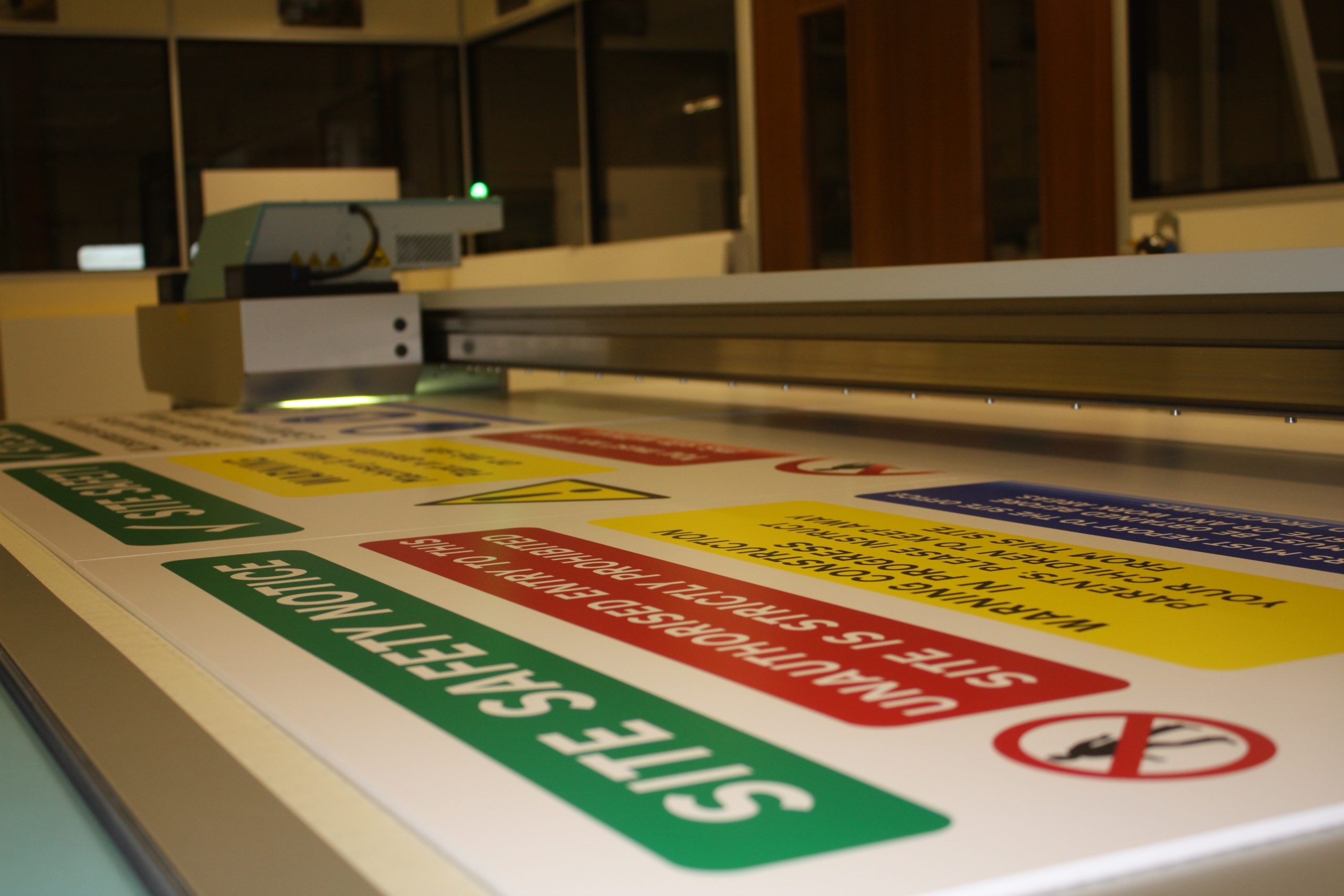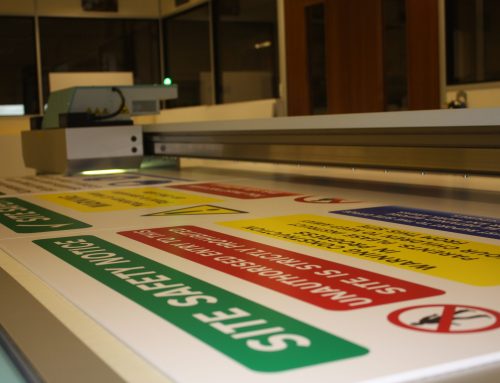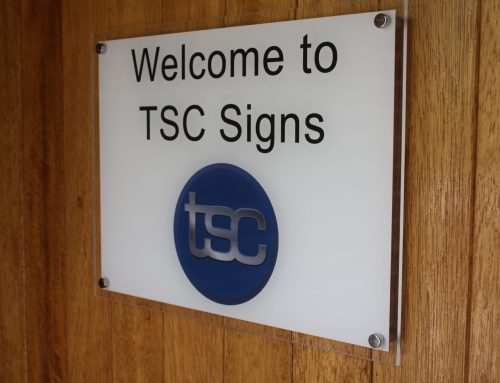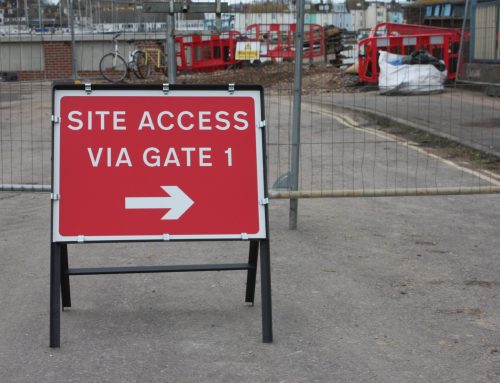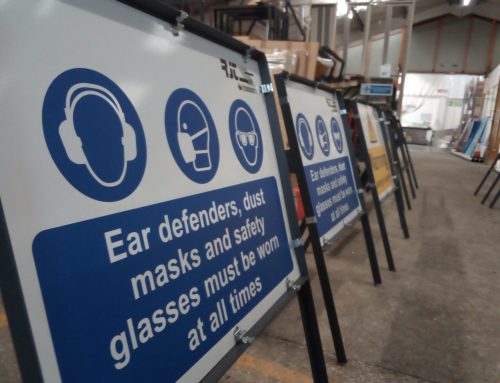TSC Signs – Your Specialists in Traffic & Construction Signs
In the next of our series of blogs, TSC Signs provides a guide on UK legislation in relation to signs including a break down of the 3 main types of regulation regarding signage. The team at TSC Signs has over 30 years of experience in producing traffic signs and can help and guide customers where required.

Introduction
The use of signs in the UK is governed by a number of regulations and laws, which are designed to ensure that signs are safe, appropriate, and do not cause harm to the public or the environment. This article will explore some of the key regulations and laws that govern the use of signs in the UK, including health and safety legislation, planning regulations, and advertising standards.
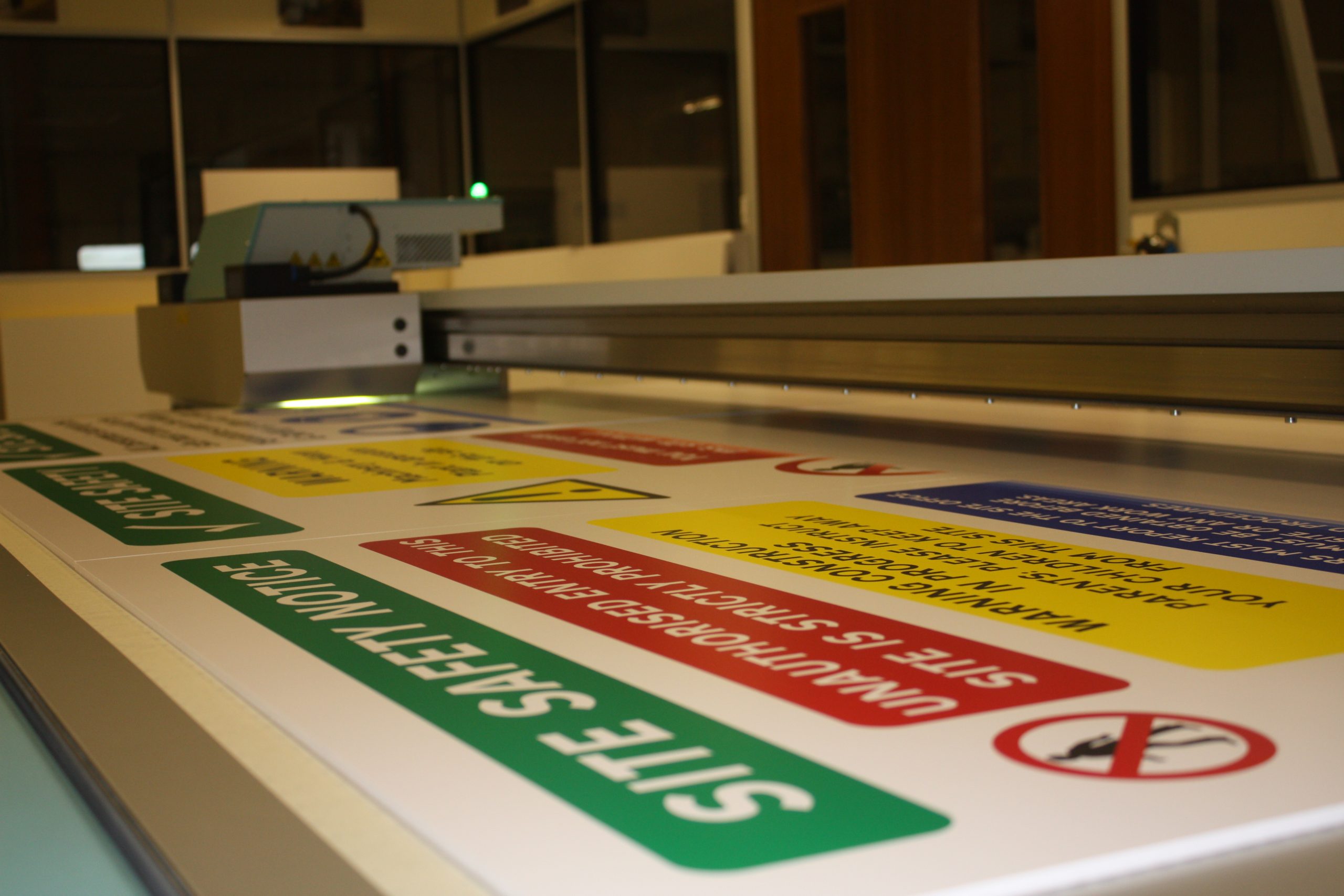
Health & Safety Legislation
One of the most important pieces of legislation that governs the use of signs in the UK is the Health and Safety (Safety Signs and Signals) Regulations 1996. These regulations set out requirements for the use of safety signs in workplaces, including signs warning of dangerous substances, signs indicating fire exits, and signs indicating the location of first aid equipment. The regulations require that safety signs must be clear and easy to understand, and that they must be placed in a visible location where they can be easily seen by employees and visitors.
The Health and Safety Executive (HSE) provides guidance on the use of safety signs in the workplace, including information on the design and placement of signs. The HSE advises that signs should be used as a last resort, and that other methods of controlling hazards should be used where possible. However, if signs are necessary, they should be used in conjunction with other safety measures, such as barriers or guards, to ensure that employees and visitors are protected from harm.

Planning Regulations
If you are planning to install a sign on the exterior of a building, you may also need to comply with planning regulations. These regulations vary depending on the location and type of sign, but generally require that signs are of an appropriate size and design for their surroundings and do not cause a nuisance or harm to nearby properties.
In England, planning permission is required for signs that are displayed on the front of a building or are illuminated. Signs that are located on the side or rear of a building do not usually require planning permission. In Scotland, planning permission is required for all signs, regardless of their location or type.
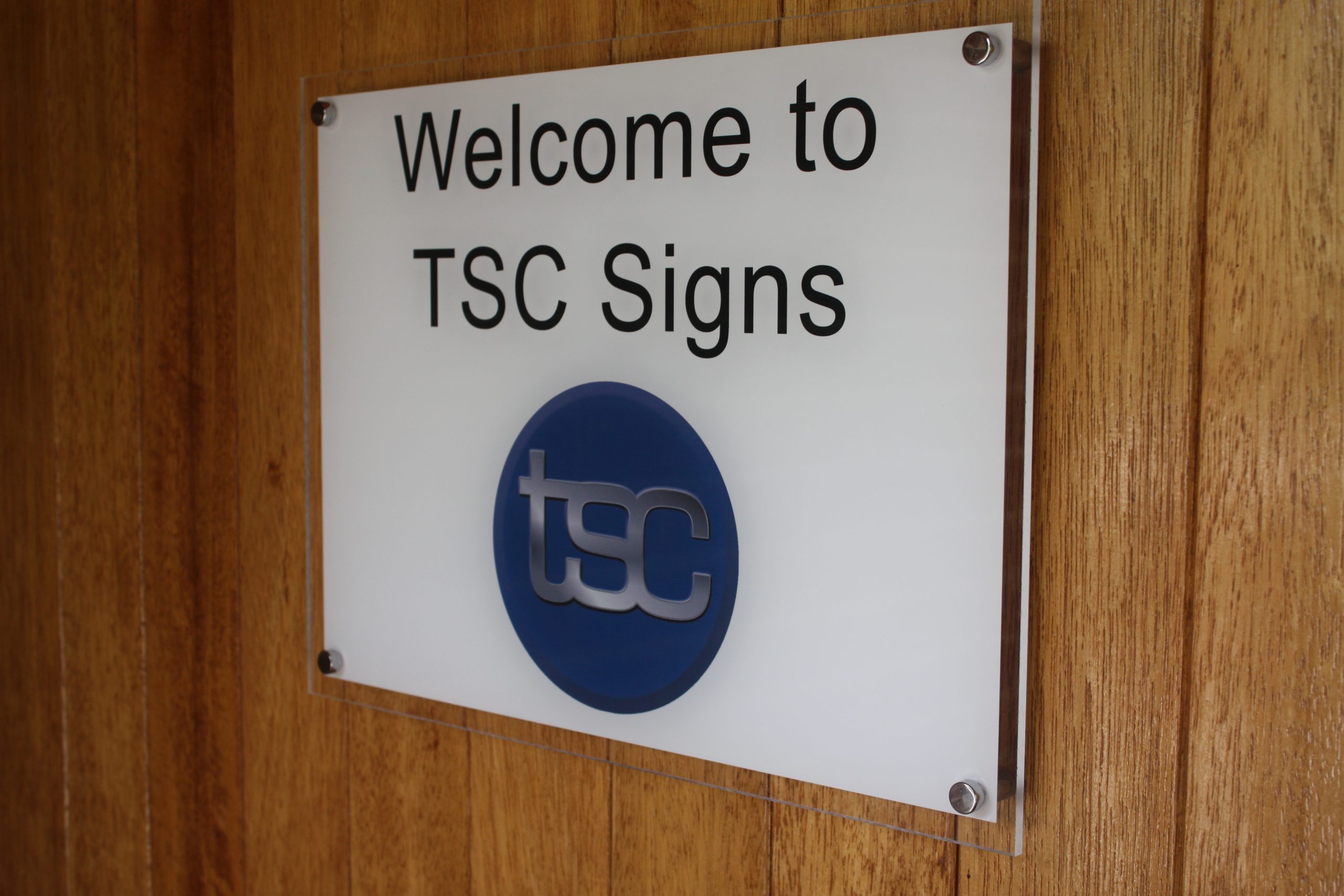
Advertising Standards
If you are planning to install an advertising sign, you may also need to comply with advertising standards set out by the Advertising Standards Authority (ASA). These standards cover a range of issues, including misleading or offensive advertising and the placement of advertisements in public spaces.
The ASA’s Code of Advertising Practice sets out strict guidelines for the design and content of advertising, including rules on the use of children in advertising, claims about health and beauty products, and the use of sexual imagery. The code also covers the placement of advertising, and requires that advertisements must not be placed in locations where they are likely to cause offence or harm to the public.

Additional Regulations
In addition to these regulations, there are also specific rules governing the use of certain types of signs, such as road signs, railway signs, and aviation signs. For example, road signs must comply with the Traffic Signs Regulations and General Directions 2016, which sets out requirements for the design, size, and placement of road signs.
Railway signs are governed by the Railway (Safety Critical Communications) Regulations 2006, which require that all signs used on railways must be clear, unambiguous, and easily understood by railway staff. Aviation signs are governed by the Civil Aviation Authority, which sets out requirements for the design and placement of signs at airports and other aviation facilities.
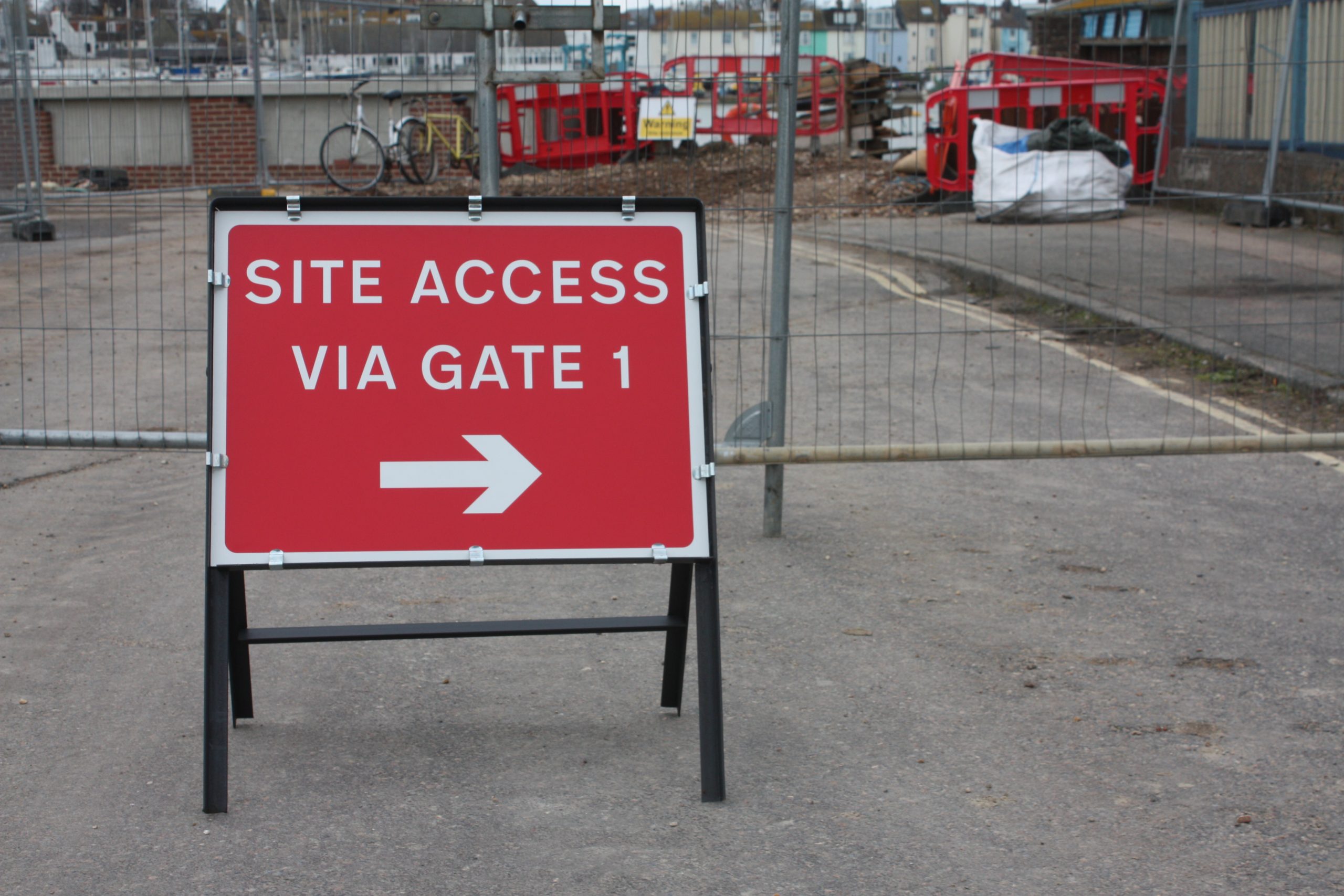
Conclusion
The use of signs in the UK is governed by a wide range of regulations and laws, which are designed to ensure that signs are safe, appropriate, and do not cause harm to the public or the environment. If you are planning to install a sign in the UK, it is important to be aware of these regulations and ensure that your sign complies with them. Failure to comply with these regulations can result in fines and other penalties, so it is essential to ensure that your sign is fully compliant before installation. If you are unsure whether your sign complies with UK legislation, it is recommended that you seek advice from a professional sign maker or consultant who can help you navigate the regulations and ensure that your sign meets all requirements.
